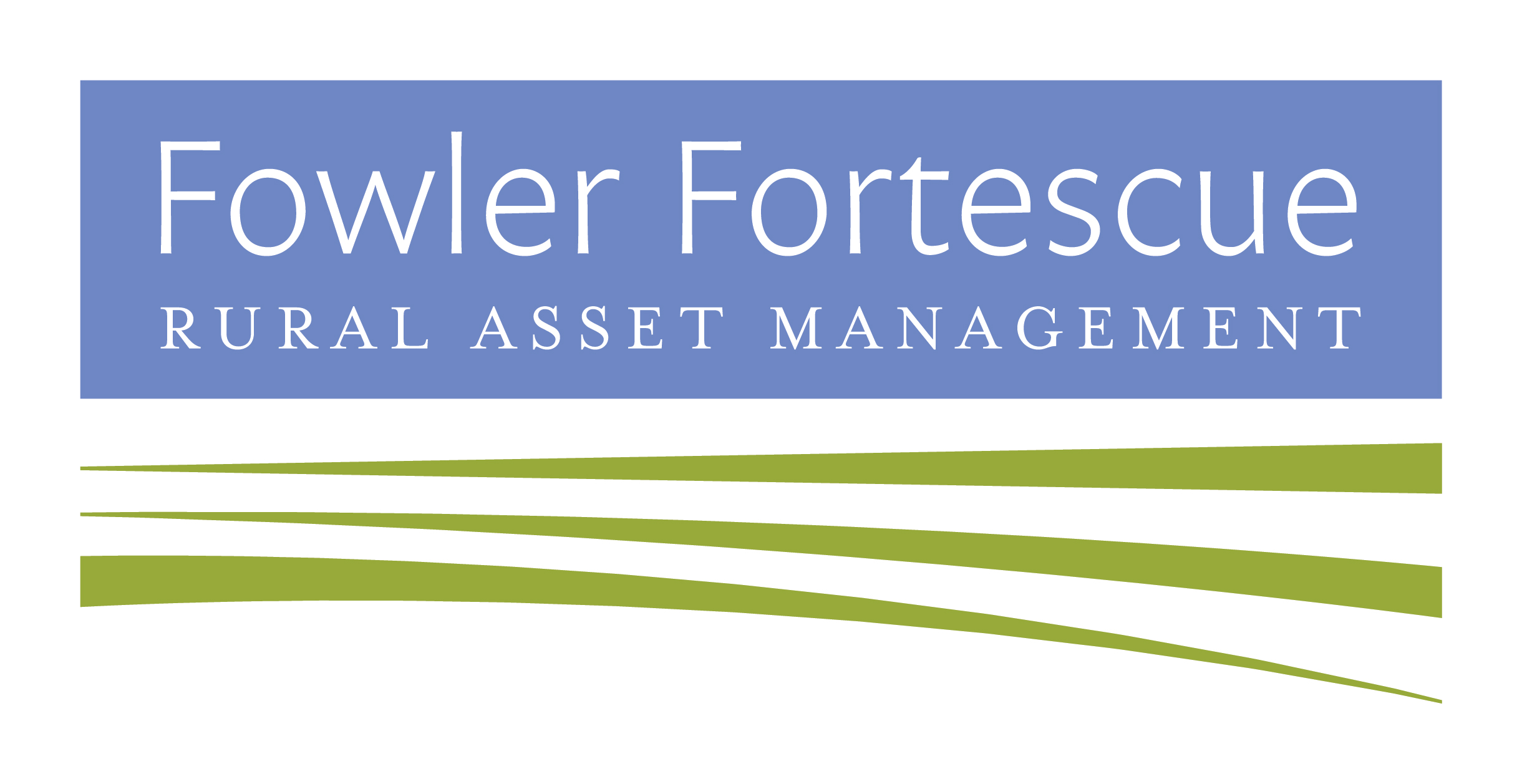Bisterne Estate – Bagnum Farm
Dealing with estate assets left in the “too hard” category
Having the vision and the wherewithal to deal with an under-utilised corner of the estate
Some projects are never going to be the commercial centrepiece of an estate, or be low-hanging fruit to pick off quickly, but an estate’s income can never be maximised until such assets are put to work. This case study looks at the full cycle of opportunity identification through to income delivery.
Click each heading to discover the story:
Your Title Goes Here
Your content goes here. Edit or remove this text inline or in the module Content settings. You can also style every aspect of this content in the module Design settings and even apply custom CSS to this text in the module Advanced settings.
Background
Burnbake is an historic estate running down to Poole harbour and is tucked between an RSPB reserve and National Trust land and overlooking Brownsea Island. It features a large Forestry Commission plantation within its perimeter.
Moreover, the surrounding area is protected by stringent conservation laws, including the Jurassic Coast World Heritage Site, Purbeck Heritage Coast and a number of sites of special scientific interest and areas of outstanding natural beauty. The area contains over 10% of UK biodiversity.
The estate is more or less unique in the British Isles in that a significant proportion of its income comes from onshore oil extraction. Whilst oil has for many years now played a large part in the fortunes of Burnbake, like all oil fields, the Wytch Farm field is a finite asset. The income generated will need to be replaced to ensure the viability of the estate in its current form. In 2013, Dorset County Council approved a series of applications allowing extraction to continue to 2037. But at least the oil revenues until that termination provide a solid and reliable source of funds for new ventures.
An obvious income replacement
The location of Burnbake is within an outstanding regional tourist destination and, with its poor agricultural land and limited commercial infrastructure and opportunity, developing the site’s potential as an eco-tourism hub was the obvious route to take.
The estate was already running a low-key campsite operation, though it was never going to do much more than than cover its costs. What was needed was a much more radical vision for the site to become integrated into, and perhaps lead, the area’s tourism facilities. And it needed a vision that built ecology into its very foundation.
But just because one can propose a vision for the future does not make delivering that vision easy. In the case of Burnbake Estate, reaching the obvious destination was extraordinarily difficult.
The tortuous route from A to B
Forestry Commission plantation: this area of woodland was key to the site’s potential, but releasing land from Forestry Commission control is notoriously difficult. This element took x years.
Working with the authorities:
Keeping the neighbours on board:
A parliamentary hand grenade: A Minister’s speech in 2011 inadvertently reset the Planning Guidelines and set the project back x years.
Outcome - the vision made real
Today, the estate is a well developed tourist destination featuring many luxury forest lodges and a fully specced campsite of 130 pitches. With a host of facilities on site integrated beautifully with the surrounding

“It is always satisfying to see a project through to succesful completion, but never more so than when realising the potential of an estate asset that had always been seen as the bridesmaid.”

